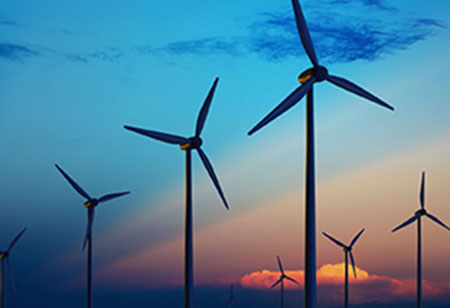The foreign investors’ interest in India’s emerging green economy continues; with around $1.02 billion equity investment made by them in the current financial year till date, according to data compiled by consulting firm Bridge to India for Mint.
These investments have been growing. The international equity investment in the India’s clean energy sector was $283 million in 2016, $532 million in 2017 and $1.02 billion in 2018.To be sure, this excludes all offshore debt funding and investments made by foreign developers in their Indian subsidiaries.
With multilateral and bilateral agencies, as well as sovereign wealth funds, not showing interest in businesses that contribute to climate change, a significant part of the foreign direct investment coming to India is in the green energy space. These investments were spread across sectors such as solar power generation (roof-top and grid connected), wind power generation firms, electric vehicles, with the electricity storage projects gaining traction now.
With the newly elected Narendra Modi government articulating its vision for reliable and uninterrupted power supply to households in its second term, storage holds the key for providing on-demand electricity from wind and solar projects. One way to do it is to use cheap solar and wind power during off-peak hours to raise water to a height and then release it into lower reservoir to generate electricity.
With the union budget’s announcement of tax breaks for setting up mega-manufacturing plants for solar photo voltaic cells, lithium storage batteries and solar electric charging infrastructure, the next set of foreign investments are expected to come up in this space.
The latest funding round by such foreign investors was led by sovereign wealth funds GIC Holdings Pte Ltd and Abu Dhabi Investment Authority (ADIA) that have agreed to invest an additional $329 million in Greenko Energy Holdings. With the global energy landscape rapidly evolving, the overseas interest in India’s green energy space has been growing exponentially. Also, Malaysian government-owned Tenaga Nasional Berhad is exploring the option of setting up a renewable energy platform in India, Mint reported on Wednesday.
The need for overseas investment also comes in the backdrop of India’s requirement of additional investments of around $80 billion till 2022 for green energy, growing more than threefold to $250 billion during 2023-30, according to the latest Economic Survey. India has become one of the top renewable producers globally with ambitious capacity expansion plans. The country has an installed renewable energy capacity of about 80 gigawatts (GW) and is running the world’s largest renewable energy programme with plans to achieve 175GW by 2022 and 500GW by 2030, as part of its climate commitments.
India is ranked fourth and fifth, globally, in installed capacities for wind and solar power, respectively. With competitive solar bids and India’s wind energy sector having transitioned from a feed-in tariff regime, which ensures a fixed price for wind power producers, to tariff-based competitive auctions, obtaining finance at the lowest cost has become key.
